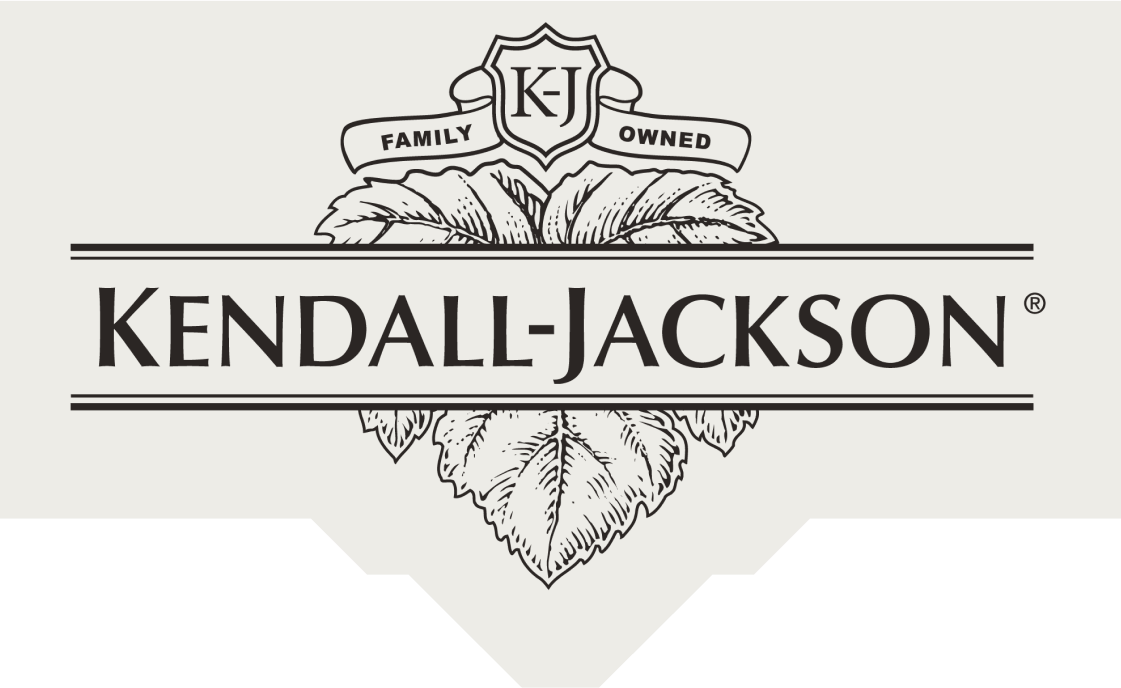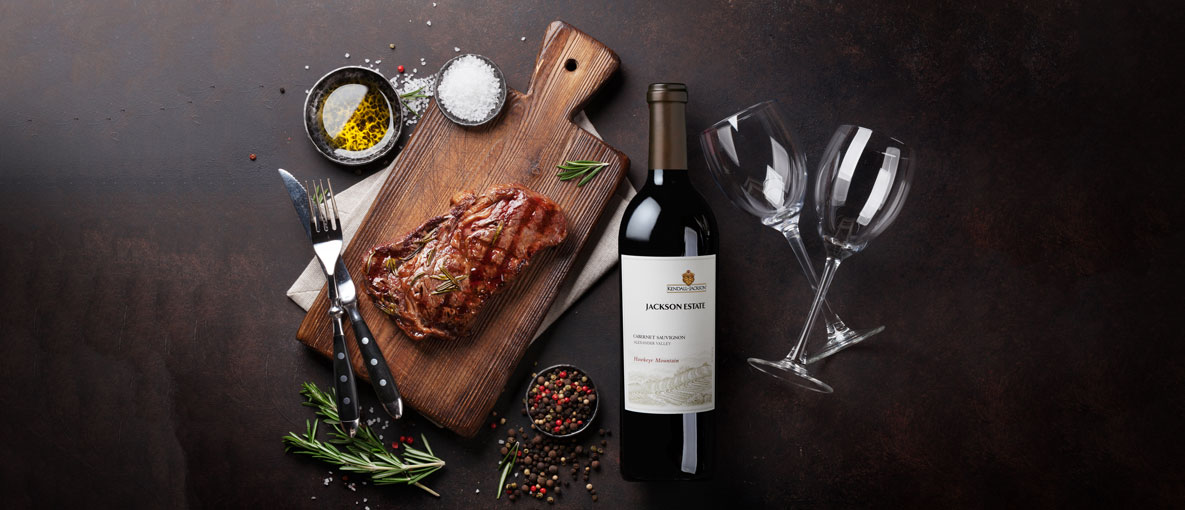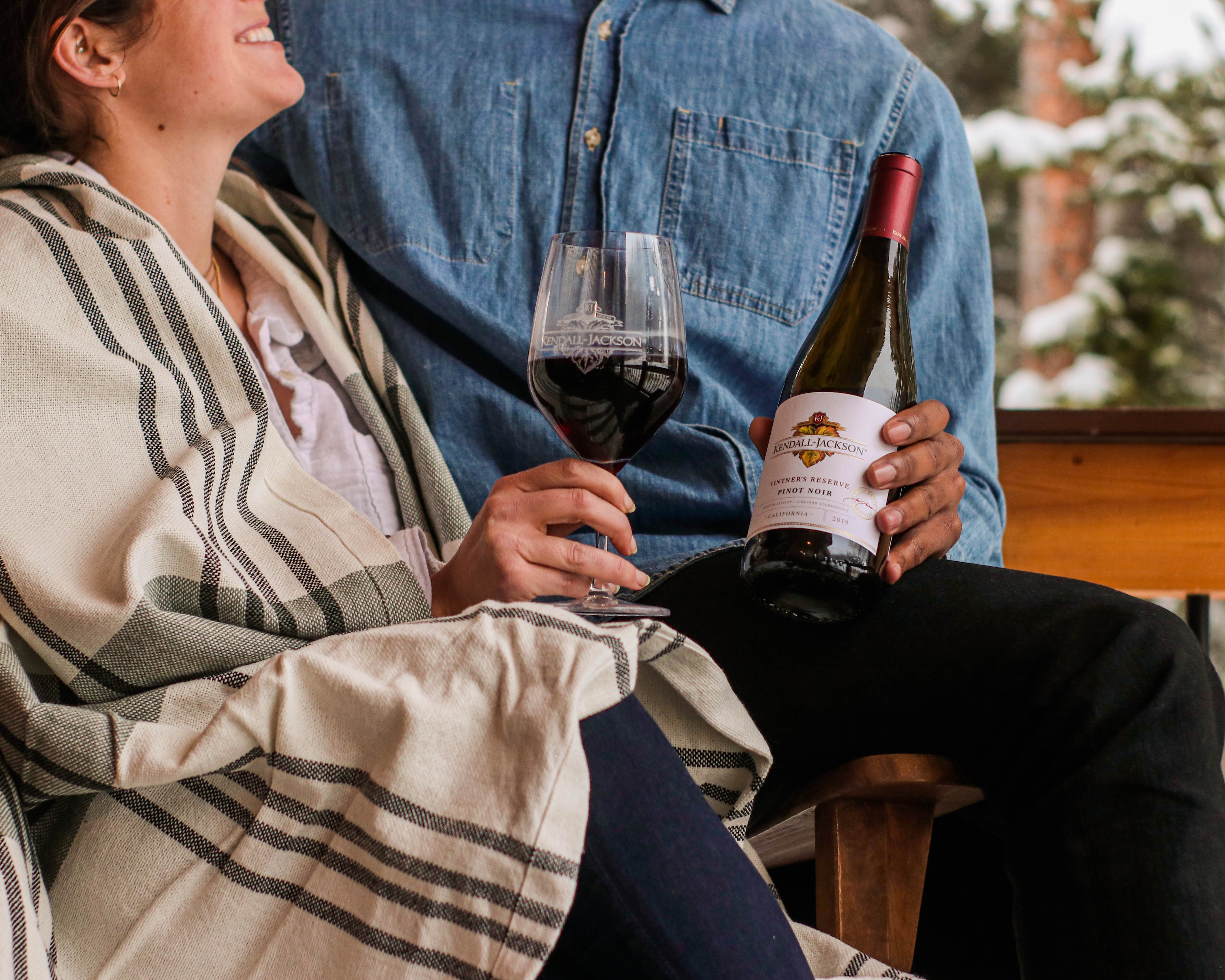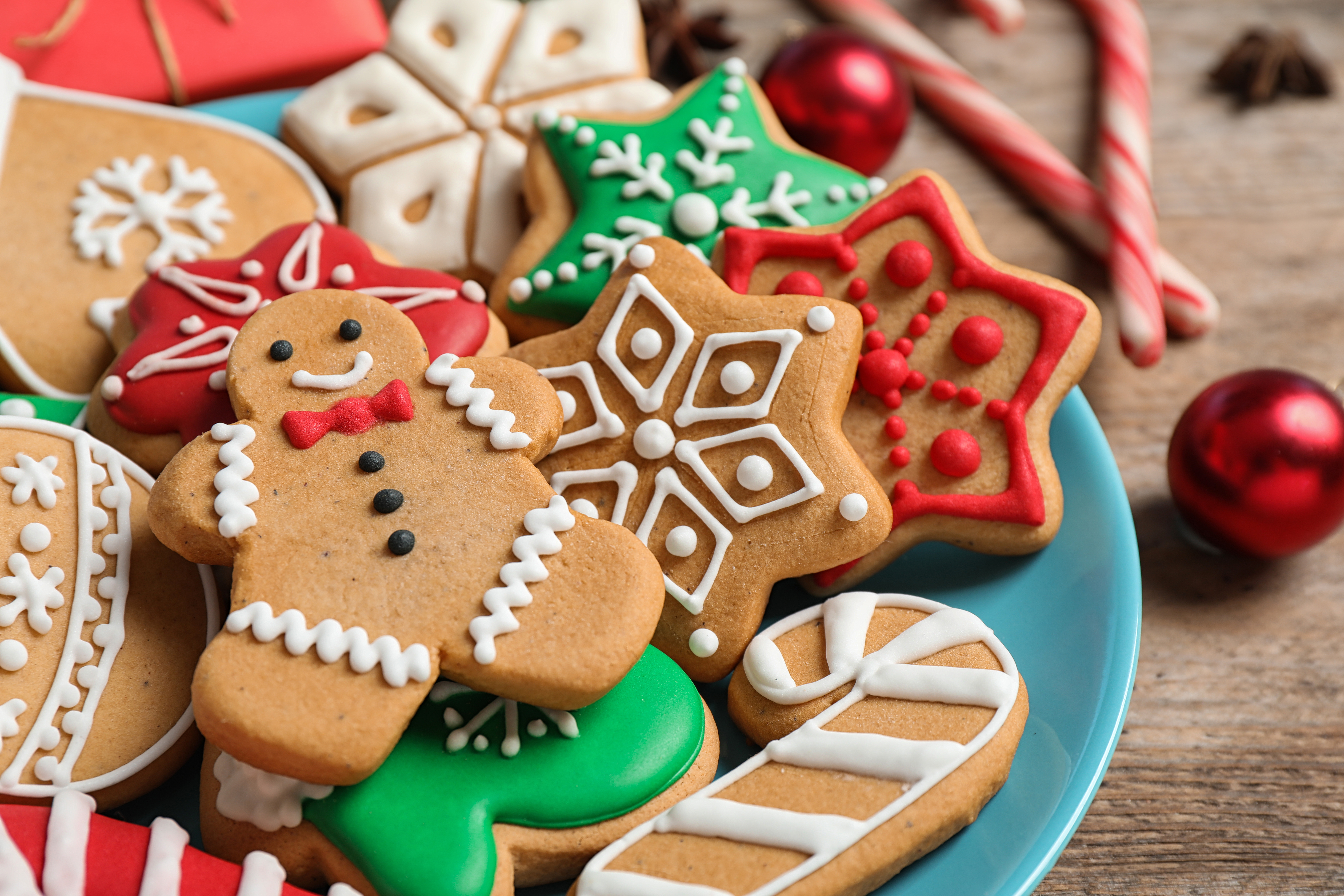Wine 101: The Ultimate Wine Serving Temperature Guide
This blog was updated in December 2024.
To showcase the wines you love, it’s important to serve them at the right temperature. Wine temperature greatly impacts taste. You love a good tasting wine – right? Of course, you do! When entertaining or serving guests, it can be easy to overlook this variable as an essential component. Here’s a little advice to ensure you’re always serving your wines at the right temperature.
We will cover frequently asked questions, like ‘Should White Wine be Chilled?’ and evaluate the ideal temperature for red wine. We have also provided a wine temperature chart for your ease of reference, below! Let’s begin!
Does Wine Temperature Really Make a Difference?
Of course! While some serving variables will make more subtle differences (wine glass shape comes to mind), the wine temperature is actually crucial.
Serving wine at the recommended temperature brings out its intended flavor profile, character, and bouquet by ensuring that the wine displays a balance of aroma, flavor, structure and alcohol. Serve wine too cold or too warm … and you’ll miss out.
So What is the Ideal Wine Temperature?
The idea of an ideal wine temperature is by no means an exact science. There is no optimal temperature for red wine, for example. Individual degrees won’t ruin your bottle, but generally the range of 45° F to 65° F provides the safest net for taste optimization.
Should Wine be Chilled?
Both red and white wine require their own mode of storage and presentation. Sure, serving temperature can be just personal preference, but people tend to serve white wine chilled and red wine warmer, about “room temperature.” Many folks believe the chillier the better, when it comes to both red and white; but don’t go storing your bottles in the freezer! Too cold of a temperature will block flavor and aroma. So, should wine be chilled? It’s up to you, but consider taste-testing your next bottle with half-chilled and half at room temperature. See how your taste and smell senses react!
What’s the Deal with Room Temperature?
Lots of people use the concept of “Room Temperature” as their guide to serving reds. If you are too … chances are your reds are too warm.
The term “room temperature” has been around for centuries, and it refers to drafty old English castles that maintained a brisk 55-60° F in the dead of summer, NOT your well-insulated modern home, which is usually around 73° F.
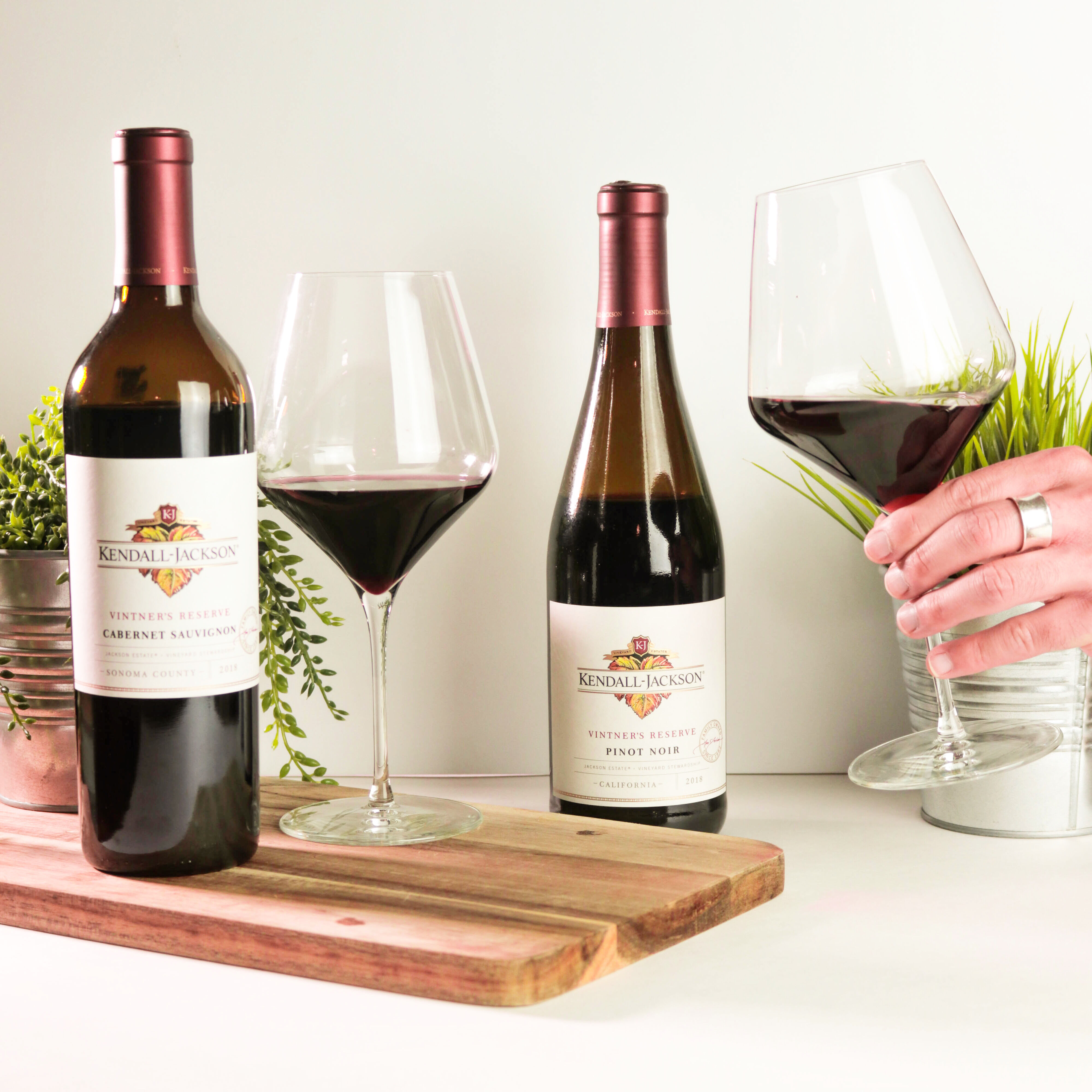
Red Wine Serving Temperature
Red wines, with their robust flavors and tannins, often require a slightly higher serving temperature to allow their complex characteristics to fully unfold. Here's a general guideline:
- Light-bodied reds (Beaujolais, Pinot Noir): 55-60°F (13-16°C)
- Medium-bodied reds (Cabernet Sauvignon, Merlot): 60-65°F (16-18°C)
- Full-bodied reds (Syrah, Shiraz): 65-70°F (18-21°C)
Remember, these are just guidelines. The ideal temperature can vary depending on personal preference and the specific wine's characteristics.
A tip: If you're unsure, err on the side of slightly cooler. A slightly chilled red wine can help to balance out the tannins and acidity.
White Wine Serving Temperature
White wines, with their lighter bodies and brighter acidity, are typically served cooler to enhance their freshness and crispness. Here's a general guideline:
- Light-bodied whites (Pinot Grigio, Sauvignon Blanc): 40-45°F (4-7°C)
- Medium-bodied whites (Chardonnay, Riesling): 45-50°F (7-10°C)
- Full-bodied whites (Viognier, Chenin Blanc): 50-55°F (10-13°C)
A tip: Account for the food pairing. If you're pairing white wine with a rich or heavy dish, consider serving it slightly warmer to complement the food. Check out our blog for killer recipes and pairings with K-J wine!
Suggested Wine Serving Temperature Guide
Looking for a simple, visual wine serving temperature guide? Pin our comprehensive wine temperature chart below or fill out the basic form at the bottom of this article to download and print our wine temperature infographic and hang it on your refrigerator.

Your Comprehensive Wine Temperature Chart
And here’s a chart for those of you that prefer a grid:
| Wine Varietal | Suggested Serving Temperature | Chill in Fridge Approx. (from room temp) |
| Champagne or Sparkling Wine | 45°F | 30-40 minutes |
| Pinot Gris | 45-50°F | 30-40 minutes |
| Riesling | 45-50°F | 30-40 minutes |
| Sauvignon Blanc | 45-50°F | 30-40 minutes |
| Chardonnay | 50°F | 30 minutes |
| Rosé | 50°F | 30 minutes |
| Viognier | 50°F | 30 minutes |
| White Bordeaux Blends | 50°F | 30 minutes |
| Pinot Noir | 55°F-60°F | 15-20 minutes |
| Cabernet Franc | 60°F | 15 minutes |
| Syrah | 60°F-65°F | 10-15 minutes |
| Zinfandel | 60°F-65°F | 10-15 minutes |
| Merlot | 60°F-65°F | 10-15 minutes |
| Cabernet Sauvignon | 60°F-65°F | 10-15 minutes |
| Malbec | 60°F-65°F | 10-15 minutes |
| Red Bordeaux Blends | 60°F-65°F | 10-15 minutes |
A side note: We’ve noticed that in restaurants, many reds are served too warm. The bottle should feel cool to your touch. This is especially disastrous if you’ve ordered a nice Pinot Noir – which actually should be lightly chilled. Don’t be afraid to ask your server for an ice bucket to cool down your bottle of red a bit. It will be worth it.
Do you Chill White Wine?
If white wine is served too cold, flavors and aromas will be muted. Too warm and they become flat and flabby. Someone bring an ice bucket to chill this bottle down! Serve between 45° F and 50° F, depending on the varietal (like a Riesling).
Try this: Open a bottle of your favorite Chardonnay. Pour one glass and put it in the fridge for about 1/2 hour. Then, put the bottle in and cool both the bottle and the glass for another 30 min or so. This will put the wine in the glass at about 35° F and the wine in the bottle at about 50°F. Pour the Chardonnay from the bottle and compare it to the glass that’s at 35° F. You will likely notice the differences – especially in the aromas – right away.
Should Riesling be Chilled?
Cooler temperatures bring out the acidity and tannic qualities of a wine. A sweeter wine like a Riesling doesn’t need any help bringing out tart taste. A warm bottle of Riesling needs a little bit of hibernation time in a refrigerator until it falls to about 50° F. Don’t let your Riesling sleep for too long, though. Most refrigerators will take your wine down to about 35° F - far too cold. The acidity and overall sweetness will be tempered enough at 50° F, allowing for a much more pleasant experience. So, should Riesling be chilled? Absolutely!
Should Red Wine be Chilled?
Served too cold, red wine will seem excessively tannic and acidic. Not the description we are looking for. Too warm, they will become overly “hot,” alcoholic and lifeless. It can be a balancing act, but we have some quick tips.
It’s important to keep in mind that everyone’s perception differs, so stick to our recommended spectrum. Serve between 55° F and 65° F, depending on the varietal (see below).
Do You Chill Pinot Noir?
As we’ve said, everyone’s perception and preference differ when it comes to serving temperatures, but if it is too cold the tannins and acidic features become more pronounced. Serving your Pinot Noir between 55-60° F will bring out the subtler strengths of Pinot Noir.
While Pinot Noir differs from region to region, its flavor profile tends to feature anise and rose petal notes and undertones of berries, clove, and licorice. A very unique varietal, Pinot Noir will excel if served at the proper temperature, slightly chilled.
Should Merlot be Chilled?
Merlot is uniquely grown in both cool and warm climates. It can be considered a ‘middle of the road’ wine with medium tannin levels and medium acidity. That being said, it should be served between 60° F and 65° F.
Attempting to control the exact temperature of your red wine can be challenging. A quick chill session for 15 minutes in the refrigerator should bring out the best in your red. Similarly, 10 minutes in a bucket or bowl of ice water should bring it down enough.
So try a little experiment! Do the opposite of our Chardonnay experiment. Select a big Cab or Zin, pour a glass out at room temperature, then place the bottle in the fridge for about 10-15 minutes. Pour a glass of the cooled wine and compare the two. Notice the difference? (This experiment is even more dramatic for Pinot Noir, but give that 20 minutes to cool.)
How Do You Measure the Temperature of Wine?
Measuring wine temperature is simpler than you might think, and it can make a world of difference in your tasting experience! Here are a few methods to ensure you’re serving your wine at just the right temperature:
1. Use a Wine Thermometer:
The most straightforward way to check the temperature is with a wine thermometer. These come in various styles—some are designed to wrap around the bottle, while others are digital and can be inserted into the wine itself. Just a quick glance will give you an accurate reading, so you can adjust accordingly.
2. Instant-Read Thermometers:
If you have a kitchen instant-read thermometer, you can use it for wine as well. Just insert the probe into the wine (making sure not to touch the glass) to get a fast and accurate temperature reading. This method is especially handy for those tasting experiments!
3. Hand Test:
For a more casual approach, you can also gauge the temperature by feel. Hold the bottle in your hand; if it feels cool to the touch, it’s likely in the right range for whites. If it’s warm or feels hot, it might be too warm for reds. This method won’t give you an exact reading, but it’s a good starting point when you’re in a pinch.
What Temperature Do You Store Wine?
The topic of wine storage is popular but can get confusing. Whether you use a wine cellar, a wine cooler, or a wine refrigerator, the degree spectrum typically stays the same.
Generally, if you’re storing wines for any length of time, keep both red and white wines at 55° F, but it all really depends on the varietal. We’ve written a more comprehensive post about wine storage covering short-term storage, long-term storage and potential issues like humidity levels, light exposure, chemical odor contamination, and vibrating appliances like washers & driers.
Want to learn more about wine serving tips? Visit the entertaining section of our website.
